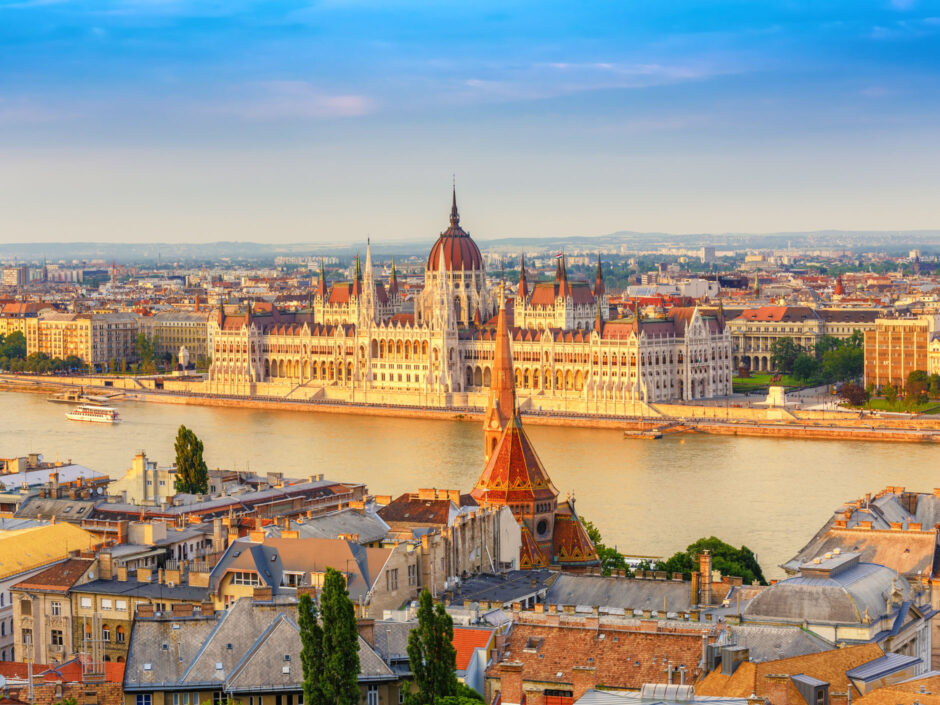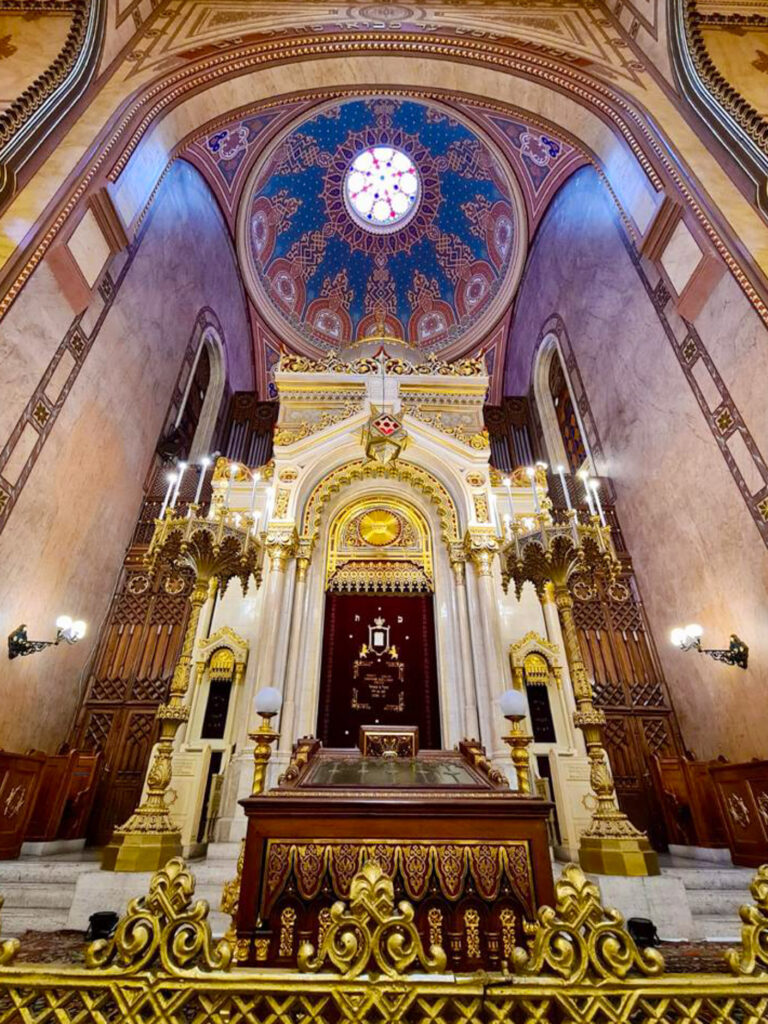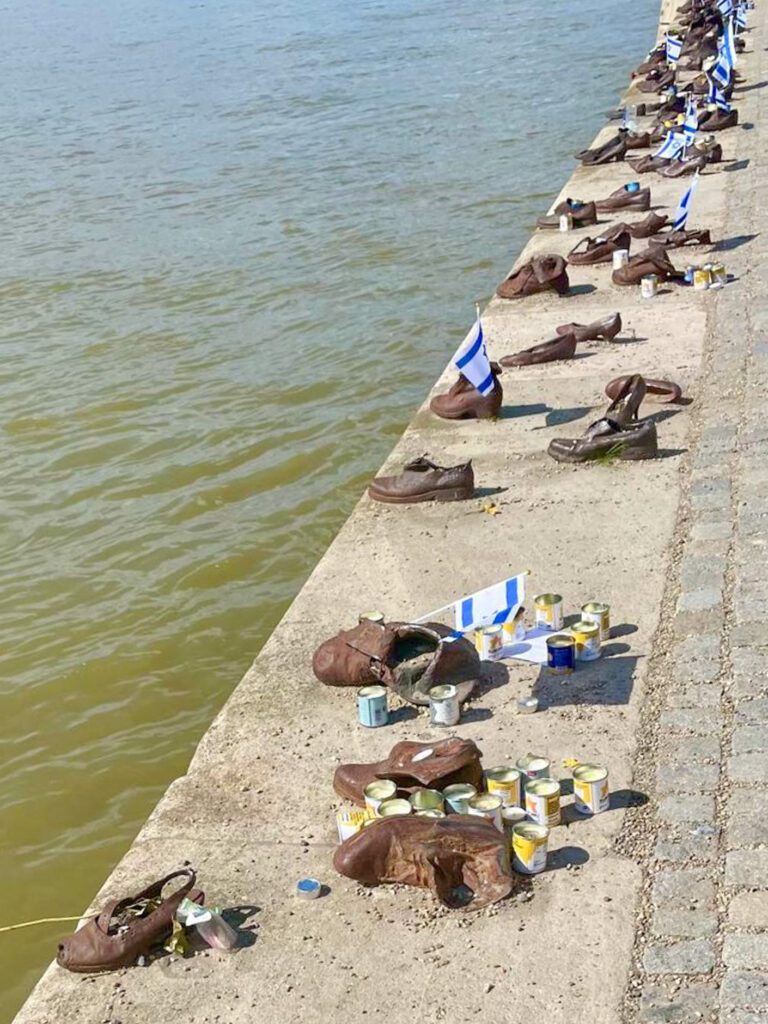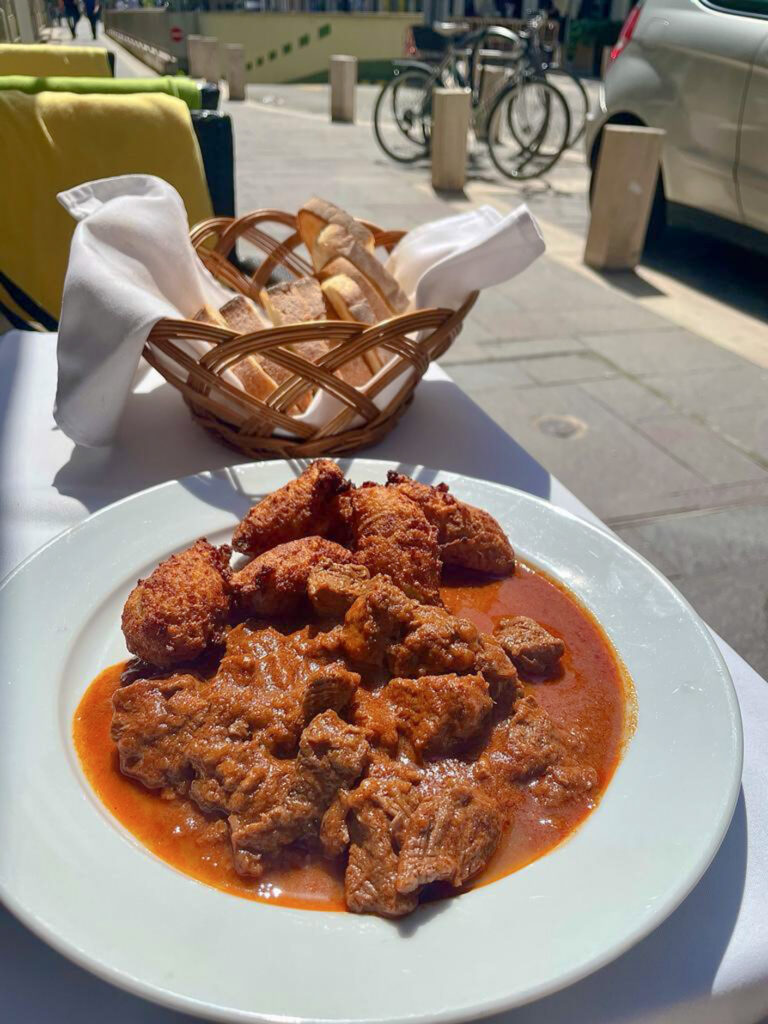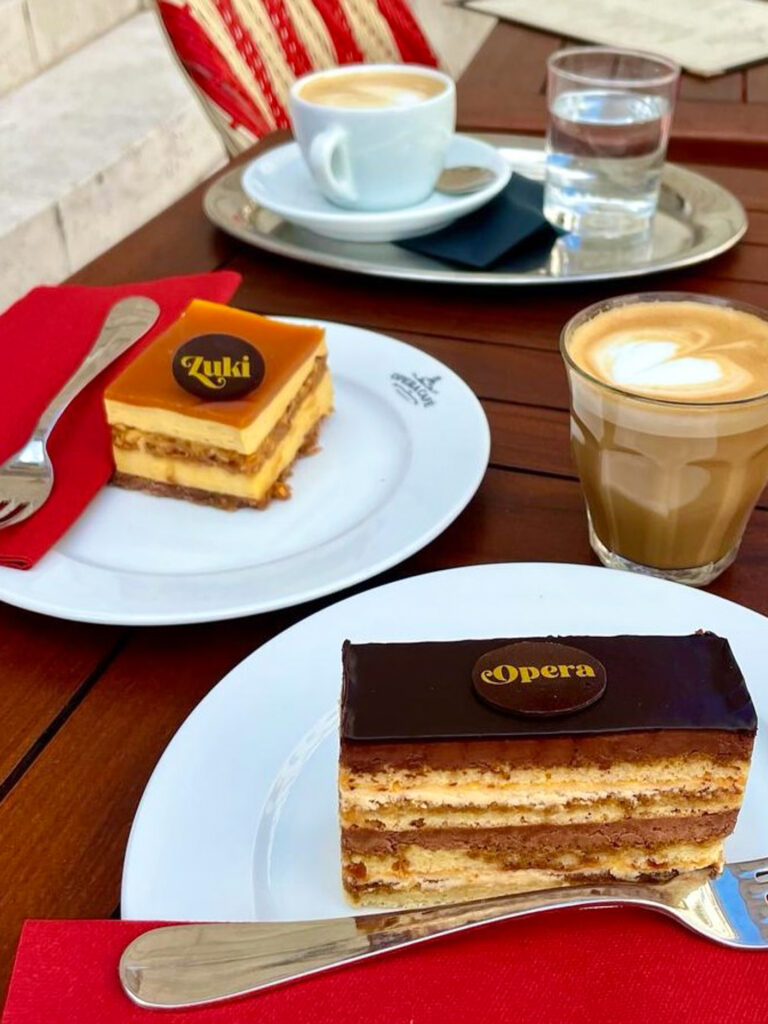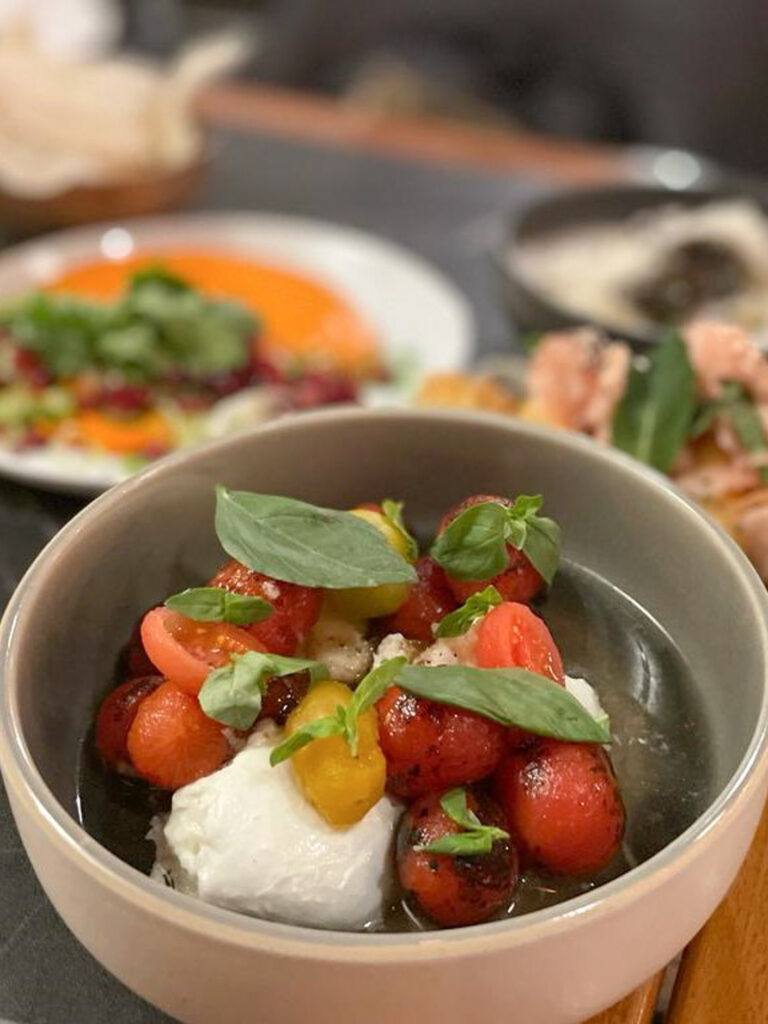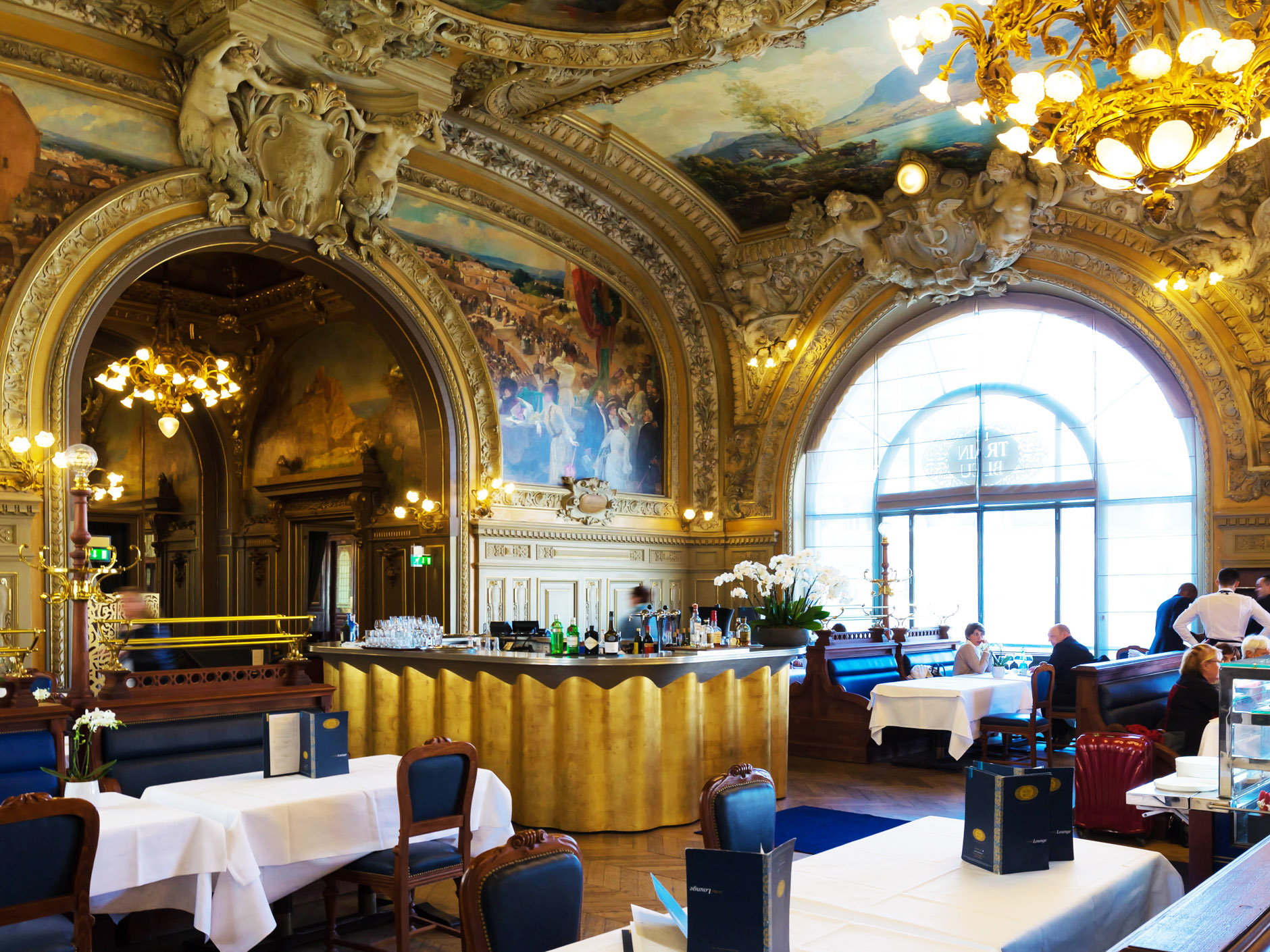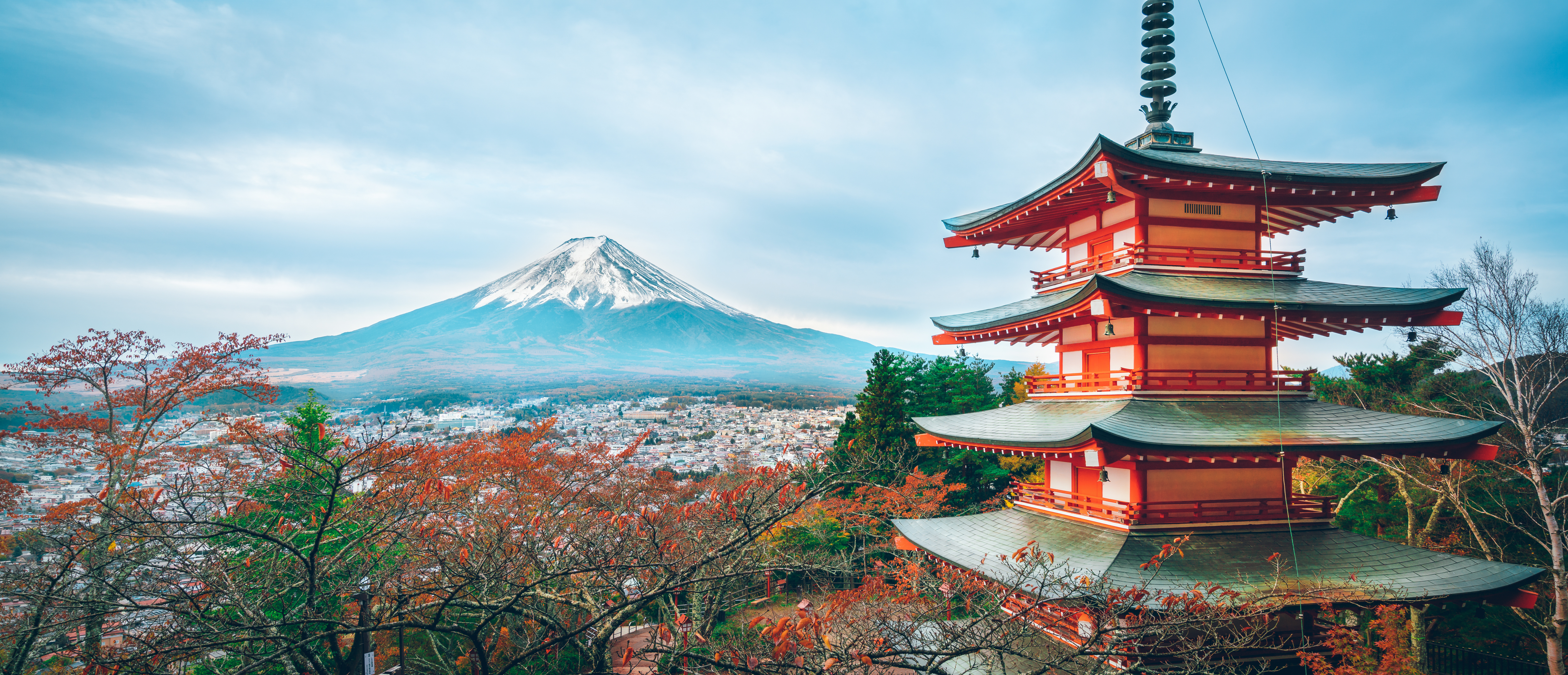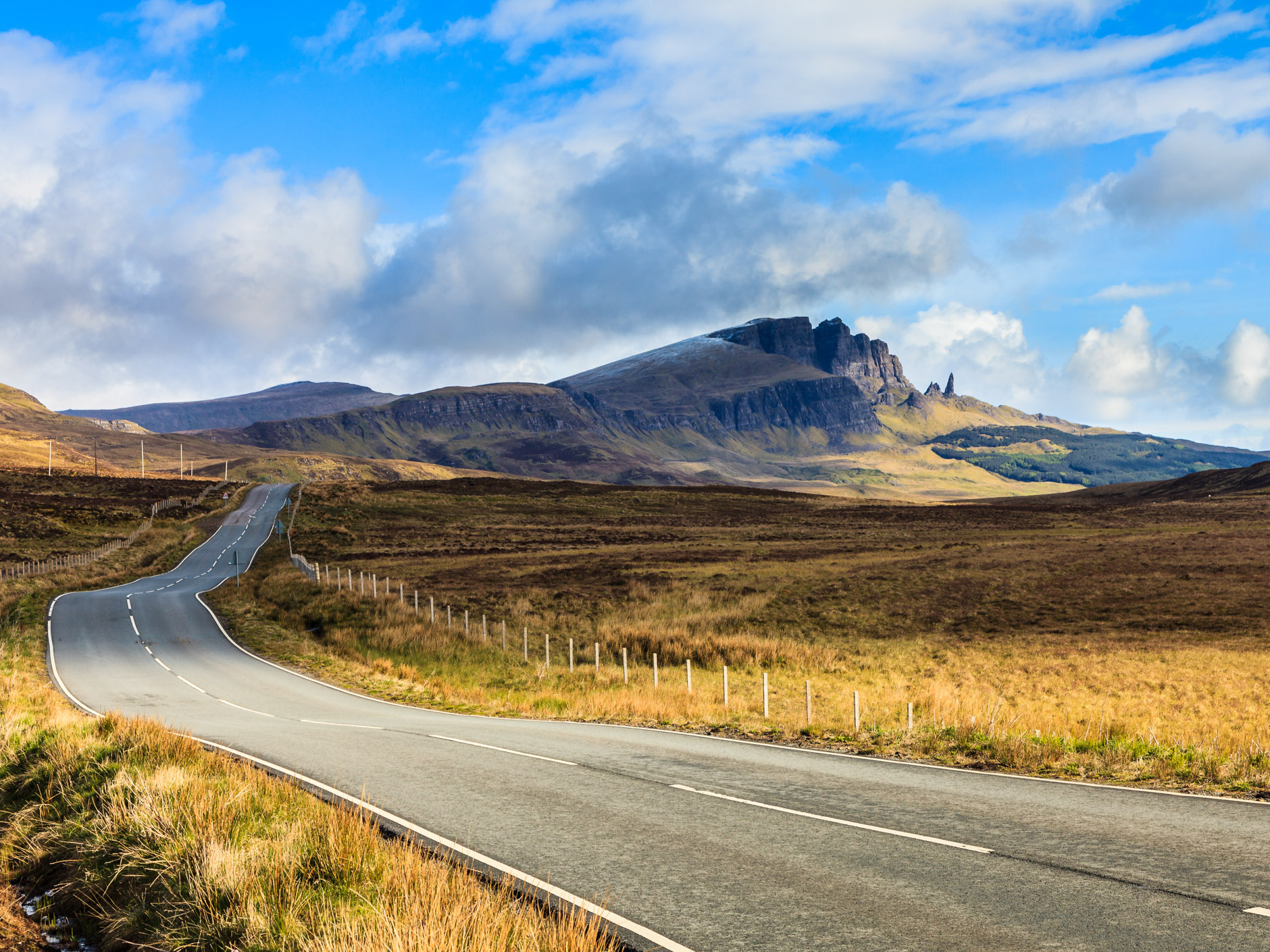Budapest is a beautiful city, with stunning architecture, natural hot springs and an increasingly vibrant culinary scene. Whilst it’s not particularly known for its art it has more bronze statues than you can shake a stick at and the fascinating Memento Park. Here is Palate’s guide for things to do, places to eat, where to drink and how to get about in Hungary’s capital.
What to see and do
Thermal baths
Please don’t leave Budapest without trying the thermal baths; if you don’t fancy the sprawling outdoor Széchenyi Spa public baths then try one of the smaller ones.
Gellért is a gorgeous maze of decorative tiles and ornate statues. Whilst Gellért is spectacularly ornamental and indulgent, Rudas feels somehow authentic, as if you have gone back in time – all sixteenth century stone arches and a copper dome with jewel-like coloured glass. A ticket upgrade at Rudas gives you access to the ‘wellness centre’, a series of Jacuzzi-type baths and a small panoramic outdoor pool overlooking the Danube.
You will need a towel, swimwear and poolside flip-flops for the thermal baths. Both Gellért and Rudas have a series of pools at different temperatures that you can navigate as you wish, and the same entry procedure of collecting your wristband, tapping it Oyster Card-style against the turnstile to get through and again to lock/unlock your cabin/locker. Tickets are for the full day, so you can go with the flow. Don’t plan much for the afternoon, as you will feel blissfully zoned out and relaxed.
Buda Castle, Matthias Church and Fisherman’s Bastion
If you’re only going to see one church make it this one. Majestic interiors, a small museum and sweeping views across the river (you don’t need to pay for the tower – the view is almost identical from the café).
Boat tour along the Danube
If you can resist adding drinks, dinner and live music (which really shouldn’t be too difficult), there are reasonably-priced day- and night-time cruises that are an enjoyable way to pass an hour or so and a perfect way to appreciate some of the fabulous buildings fronting the river.
Rub the fat policeman’s belly
Much like Il Porcellino in Florence, the super-shiny area on the statue is a major hint. Apparently, it makes you lucky in love; I’ll keep you posted.
Shoes on the Danube Bank
Just along from the Hungarian Parliament is this powerful memorial to the hundreds of men, women and children who were lined up along the bank and shot by Budapest’s Arrow Cross militiamen, so the river would carry their bodies away.
Liberty statue
This statue of a woman holding a palm leaf aloft is a recurring symbol of liberation. You can go and view this but, be warned: there are LOTS of steep steps and current renovation work (at the time of writing) means that unless you can get right to the front of the crowds, you’ll just get a photo of a fence.
Dohány Street/Great Synagogue
This is the second-largest synagogue in the world. It’s worth reading up a little about its background and why it has some decorative elements in common with Catholic churches. Tickets are on the pricy side but you get a lot for your money: not only the synagogue interior but also a small museum on Jewish religious beliefs and daily life plus some moving and beautiful art work in the garden, including the Holocaust Tree of Life Memorial. Men need to cover their heads (disposable paper yarmulke are available) and women their shoulders.
Memento Park
Highly recommended, Memento Park is about 20 minutes outside of town by taxi, or a metro and bus ride drops you almost at the entrance. There is also a shuttle bus.
When Soviet-era statues were torn down after the fall of Communism, some visionary saved some and they are now displayed here. There is also an old Trabant you can sit in, a small museum commemorating the 1956 revolution and the 1989/90 fall, and a cinema room showing excerpts from secret police training films, including how to hide bugs and an introduction to house-searching.
Allow at least an hour to wander through this utterly fascinating outdoor statue park/museum/interactive exhibition. I tend to plan a day’s outings then photograph guidebook pages (or screenshot website information) so that I can play the tour guide for the group; this paid off particularly well for Memento Park, where a little background goes a long way.
Escape Rooms
Hungary is the godfather of escape rooms and they are dotted all over the city; there’s bound to be one near you.
Where to snack
New York Café is visually impressive but eye-wateringly expensive for Budapest (a fraction under £8 for a cappuccino) and with joylessly efficient service. You will often see a queue stretching down the street, cameras at the ready.
For my money, you are better off at the Hungarian State Opera House, a stunning building inside and out to satisfy your architectural tastes, plus an adjoining café for your sweet tooth. After all, where else in Budapest would you eat opera cake? As a quirky bonus, the hallway outside the café toilets is covered with portraits of great opera alumni.
Street Food Karaván is next door to the famous Szimpla Kert ruin bar (see below) and home to a range of international street food and the ultimate Hungarian snack, lángos. Basically a deep-fried flatbread traditionally topped with sour cream and cheese, this is everything that you’ll be craving after a night on the town.
And then there is the Great Market Hall: once you have browsed the food stalls and had a couple of tastings, head upstairs where you can grab a snack or quick lunch made with the freshest of produce. While you are here, pick up some paprika to take home as gifts for your foodie friends.
Where to drink
Szimpla Kert is the original ruin bar, more accurately a clutch of bars surrounding a courtyard adorned with an eccentric display of everything from disco balls, pom-poms and fairy lights to mirrors, mosaics and an old Trabant. It won’t be the best, or cheapest, bar you’ll drink in, but it is fun. A piece of advice: if you just want a taste of the ruin bar scene, go early before the omnipresent stag parties descend.
Gepárd és Ürhajó is a cosy, quirky little neighbourhood wine bar with a bar snacks menu (think ham, cheese, rillettes) and a great selection of Hungarian wine. You can also buy bottles to go at very reasonable prices. Lovely staff and a resident dog. Recommended.
Where to dine
Think of Hungarian cuisine and it’s likely your mind runs to goulash and stroganoff, hearty stews and soups rich with paprika and goose fat. Whilst there is still some truth in that (and a good argument for a winter visit to Budapest), there is lighter, more modern cuisine increasingly available in the city.
Many traditional restaurants are meat-heavy, perhaps with a cod or catfish dish, most of which are inoffensive but largely uninspiring. Dig a little deeper though and there are jewels to be found. Here are some recommendations:
Kiosk is a young and buzzy restaurant with classic films projected onto the huge side wall, a terrace and modern menu. Warm and friendly service and great cooking, just moments from the Elizabeth Bridge. The Tojásos Nokedli (traditional Hungarian egg dumplings) here are very good, as is the risotto, with lots of choice for vegetarians.
Monk’s Bistrot has a stylish interior with an open kitchen in the centre, chef’s table-style as well as a standard dining area. A slightly more grown-up, classic atmosphere but is still very relaxed. It has fewer meat-free options but the fresh tagliatelle with prawns, garlic and parsley is excellent.
Mazel Tov is a trendy, light-filled restaurant with high ceilings, lots of trailing greenery, a relaxed vibe and excellent Middle Eastern food. It’s worth booking ahead, though if you can’t get a reservation try arriving for lunch as it opens and sneaking onto a table that’s booked later.
Café Kör serves generous portions of old school dishes in a tiny retro dining room (plus a couple of pavement tables outside) and a long list of specials written on what looked like a roll of butcher’s paper. Staff are genuinely charming and knowledgeable about the content of the dishes. This is the place to come for classic Hungarian food; the goulash is delicious.
Borbirosag is one for wine buffs, with over 100 Hungarian wines and regular wine tastings, and a menu based on seasonal produce from the neighbouring Great Market Hall. Another good choice for non-meat eaters, the roasted goats cheese, bulgur, sorrel, pine nuts and citrus has punchy elements and is delicately plated.
And finally, Fleischer calls itself a ‘resto bar’ but don’t let that description put you off. They serve a selection of inventive and well-balanced small plates with big flavours, including prawn tempura, sushi ginger and mint; noodles, forest mushrooms and truffle foam; and aubergine, ponzu and jalapeño. It almost feels like a (generous) tasting menu, the dishes are that good.
Getting around Budapest
Public Transport
Travel by bus, tram and metro is quick, super clean and very easy. If you haven’t taken advantage of a multi-day pass, be sure to validate your ticket in the machine before you travel.
Taxis
There’s no Uber in Budapest; the key players are Bolt and City Cabs, so download the apps before you travel. Book cabs via the app to avoid being (gently) ripped off by rogue drivers. If you do take a cab from the street, make sure the driver puts the meter on as the tariffs are clearly shown; official cabs all have yellow number plates.
Walking
Like most old and venerable cities, many of the buildings you pass en route to a planned destination will be beautiful and inherently interesting even if not featured in a guide book. Walking the streets of Budapest will help you connect with the spirit and character of the city, as well as getting you affordably from A to B.
This city guide was published and last updated in May 2023.
Cover photo licensed by Adobe. All other photos by Amanda David.

